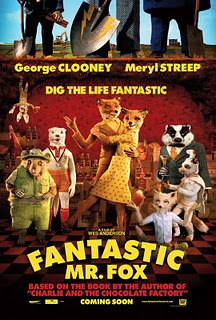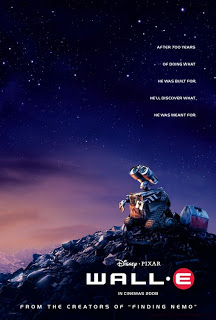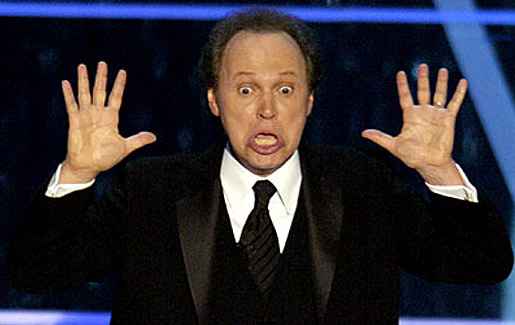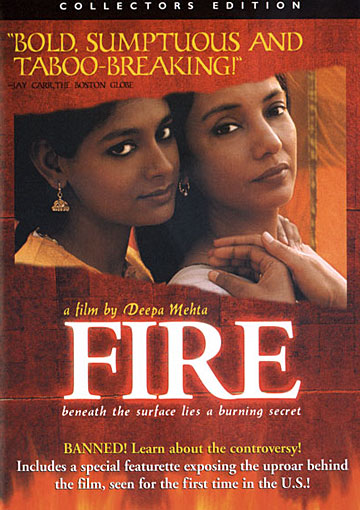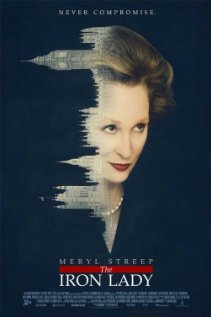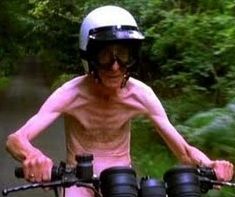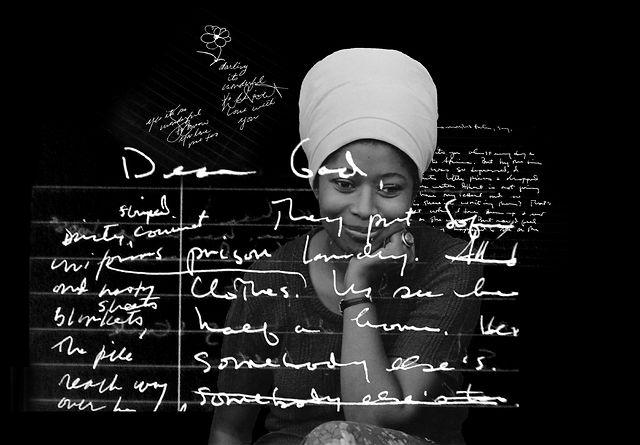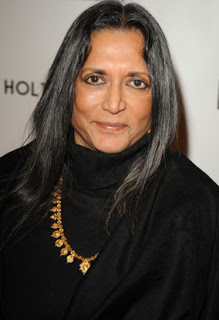This morning I found myself reading old
NYT news-alert emails, surfing Facebook, and, finally, browsing a slideshow from
Entertainment Weekly called
“Bodies of Work: 42 Unforgettable Nude Scenes” which was published earlier this month.
(It was a productive morning, see?)
We talk a lot at
Bitch Flicks about female bodies in films (and especially in film marketing, as evidenced in
our posters series), and how bodies are offered up for viewers’ consumption. There are a few things that strike me about the scenes that
EW highlights. I haven’t seen every film mentioned, so there may be more complexities in some of the examples, but there are certainly identifiable trends.
I recommend
looking through the slideshow before you continue reading, but you can always go back and look through it afterwards. There is very little nudity in the screen shots from the scenes, so I’d label the slideshow safe for work.
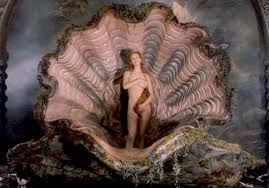 |
| Uma Thurman in The Adventures of Baron Munchenhausen |
1. Male bodies are comedic, female bodies are sexy.
There are, of course, a few exceptions, but this is overwhelmingly the case in these scenes. Photo after photo reveals male actors in comedic situations. Whether it’s the odd object hiding genitals (Ryan Gosling with Steve Carell’s head in
Crazy, Stupid, Love; John Cleese with a picture frame in
A Fish Called Wanda; Peter Sellers with a guitar in
A Shot in the Dark) or the uncomfortable display of homophobia (Sacha Baron Cohen in
Borat; Ed Helms in
Cedar Rapids; Tyler Nilson in
Walk Hard: The Dewey Cox Story), the naked male body is often played for laughs. At the same time, a majority of the female actors are shown as beautiful objects to look at, including women showering (Jessica Alba in
Machete; Beverly D’Angelo in
National Lampoon’s Vacation; Phoebe Cates in
In Paradise) and women revealing themselves for a man (Kate Winslet in
Titanic, or, as the article states “in almost anything”; Uma Thurman in
The Adventures of Baron Munchausen; Halle Berry in
Monster).
This tells us something we likely already know: the female body is most often presented for male viewers’ consumption, yet the male body is
also being presented for male viewers–most often in a comedic way that reinforces heterosexuality. This emphasizes the notion that Hollywood employs
the male gaze, and that films are being made for a (white, heterosexual) male audience. Which leads me to my next point…
2. “Unforgettable” bodies are white bodies.
There is a lot of tokenism going on in EW‘s piece. There is one Asian man (Ken Jeong in The Hangover II), one Black woman (Halle Berry), one Hispanic woman (Jessica Alba)–and every other person on the list is white. Let me say that again. Out of 42 scenes, there are 3 people of color. Three. Uno, dos, tres. Oh, there’s also Bart Simpson, who is yellow, but also a cartoon. (Update: I left Jaye Davidson of The Crying Game off the list, so there is also one Black man–who is, incidentally, not the person prominently shown in the image for that film/scene. Thanks to reader Soirore for pointing this out to me.)
This speaks to the cultural desirability (and also the perceived comedic potential*) of bodies belonging to people of color. Although people of color are often objectified and exoticized for consumption, none–or very few–of these incidents have been deemed “unforgettable” by the fine folks at EW. On one level, it’s good that we don’t see the vulgar objectification of people of color here, in a piece that is essentially based on objectification (or, EW might argue, celebrating memorable nude scenes), but it also peculiar and disturbing that the list is so damn white.
*I also want to note that for nude bodies to have comedic potential, those bodies have to have a certain amount of cultural privilege. We can laugh at the white male body because laughing at the white male body poses no threat to men, precisely because white men have the privilege and power to laugh and be laughed at.
 |
| David Kelly in Waking Ned Devine |
3. Male bodies are active, female bodies are passive. Thus, men are active and women are passive.
This is very close to the first conclusion highlighted above, but it’s worth separating because it’s so prevalent in our culture and in this piece. Two comedies–The Full Monty and Calendar Girls–exhibit the divide perfectly. Both films play the nude body as comedic, but also subvert the comedy and allow for some moments in which bodies generally not considered desirable by mainstream standards are both sensual and wanted. However, Calendar Girls features a group of older women who are photographed for a (nude) calendar (read: the female body as a static, passive object), while The Full Monty shows a group of men performing a stage show (read: the male body in motion, in action).
It’s not just these two examples in the list, either. You have a man riding a motorcycle nude (David Kelly in Waking Ned Devine), a man running down the street nude (Will Ferrell in Old School), a man riding a horse nude (Russel Crowe in Hammers over the Anvil), a man fighting (Viggo Mortensen in Eastern Promises), etc.
4. EW has an interesting definition of the word “scene.” They actually mean “person.”
It seems that the piece is mistitled, and that the word “person,” or even “performance” more accurately describes their interest. Nearly every picture features a single person, even if that person isn’t the only nude one in the scene, with only a few exceptions: Sandra Bullock & Ryan Reynolds in The Proposal; Mike Meyers & Elizabeth Hurley in Austin Powers; “The Old Gals” in Calendar Girl; “The Men” in The Full Monty; and Julian Sands, Rupert Graves & Simon Callow in A Room with a View (probably the most subversive example in the piece, as the scene features the three men frolicking together, comfortably nude, in a lake).
Thus, “unforgettable” images of nude bodies are ones that are generally individual people, for the viewers’ consumption, and there is very little interest in portraying (or viewing) sensuality or healthy sexuality.
There are a lot of other things I could say about this collection of nude scenes. There’s certainly something interesting about violence and the male body, and it can’t go unmentioned that there is only one example (from The Crying Game) or maybe two (if you include the scene from A Room with a View) that is not explicitly heteronormative.
What else do you notice about the scenes and/or bodies offered up in EW’s slide show?
Also, we can play the same game as EW: What unforgettable scenes are missing from the original list?
